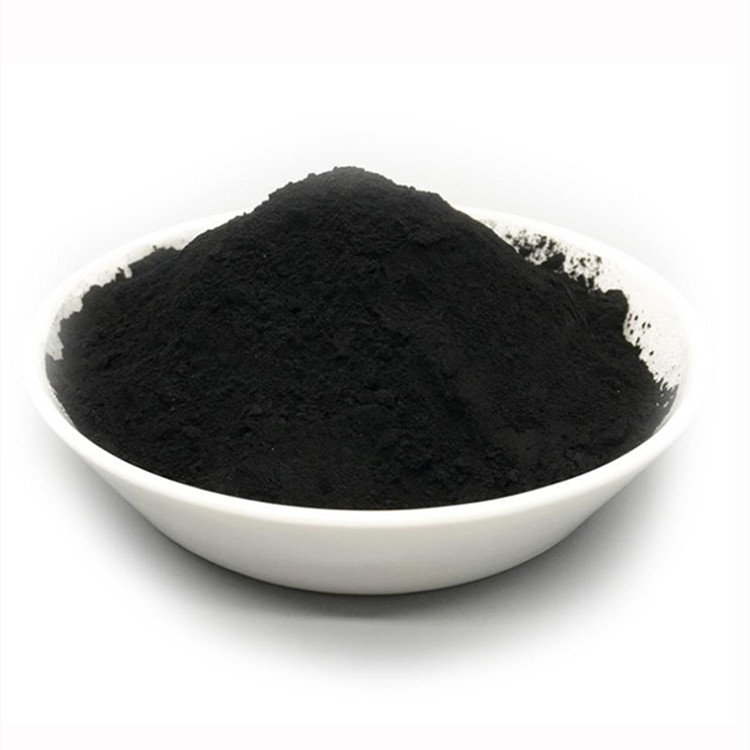- Home
- Products
- Elementary
- Boride Powder
- 3D Printing Powder
- Sulfide Powder
- Oxide Powder
- Carbide powder
- Nitride Powder
- Silicide Powder
- Hydride Powder
- Telluride Powder
- Selenide Powder
- Stearic Acid Series
- Phosphide Powder
- Nanoparticles
- Metal Alloy
- MAX Phase
- Lithium Battery Anode
- Surfactant
- Molecular sieves
- Concrete Admixtures
- News
- Answers
- Contact
- About
News
- 0
- 0
Do you know some knowledge about natural graphite?
If you are looking for high-quality products, please feel free to contact us and send an inquiry, email: brad@ihpa.net
Rio de Janeiro, Brazil -- Vale today announced that it has completed a pre-feasibility study for its proposed nickel sulfate project in Quebec, Canada, a major milestone in the development of the project. This strategic move demonstrates vale's focus on delivering low carbon and high purity nickel natural graphite are still very uncertain.
Natural graphite is naturally occurring graphite. Natural graphite is an important industrial mineral with applications in almost every aspect of manufacturing, including electronics, atomic energy, hot metal working, friction, coatings, aerospace, powder metallurgy and many more. However, not every form of natural graphite is suitable for use is natural graphite. Differences in volume and grain morphology, purity and processing constraints (grinding, screening, etc.) make some species more suitable for certain applications than others. The following sections of this paper describe the three types of natural graphite from a mineralogical and industrial point of view, with the aim of giving users and potential users of these materials a basic understanding of the characteristics that distinguish each type of natural graphite.
Natural graphite is generally classified as 'flake' graphite, 'vein' graphite and 'amorphous' graphite. These three types of natural graphite are found in different geological environments. In addition to the comments below, these types and their corresponding petrological associations are discussed in more detail elsewhere on this page.

How is natural graphite produced?
Natural flake graphite is formed when carbon material is subjected to high pressure and high temperature. The carbon source material can be either organic or inorganic, although most commercially sourced flake graphite comes from organic deposits.
Where is natural graphite found?
Graphite is most often found as flakes or crystalline layers in metamorphic rocks such as marble, schist's and gneisses. Graphite may also be found in organic-rich shale's and coal beds.
What does natural graphite look like?
Graphite (/ˈɡræfaɪt/) is a crystalline form of the element carbon. It consists of stacked layers of graphene. Graphite occurs naturally and is the most stable form of carbon under standard conditions.
What is the difference between natural and synthetic graphite?
Graphite comes in two forms: natural graphite, which is mined, and synthetic graphite, which is produced from petroleum coke or coal tar. This is the crux of the emissions issue: Graphite is only produced by crushing and then roasting a mined product or as a byproduct of coal mining or oil refining.
High-quality Natural graphite supplier
Luoyang Moon & Star New Energy Technology Co., LTD, founded on October 17, 2008, is a high-tech enterprise committed to developing, producing, processing, selling, and technical services of lithium-ion battery anode materials. After more than 10 years of development, the company has gradually developed into a diversified product structure with natural graphite, artificial graphite, composite graphite, intermediate phase, and other negative materials (silicon-carbon materials, etc.). The products are widely used in high-end lithium-ion digital power and energy storage batteries.
If you are looking for Natural graphite material, click on the needed products and send us an inquiry:sales@graphite-corp.com
The Japanese minister of Economy, Trade, and Industry recently held talks with the U.S. Secretary of Commerce and industry in Washington, where he is visiting, and agreed to include basic principles on joint research and development of semiconductors and strengthening of supply chains. Japan's economy, Trade and Industry Minister has asked the United States to increase the natural graphite will continue to increase in the future.
Inquiry us
PREVIOUS NEWS
What are the Strongest Metals in the world?
NEXT NEWS